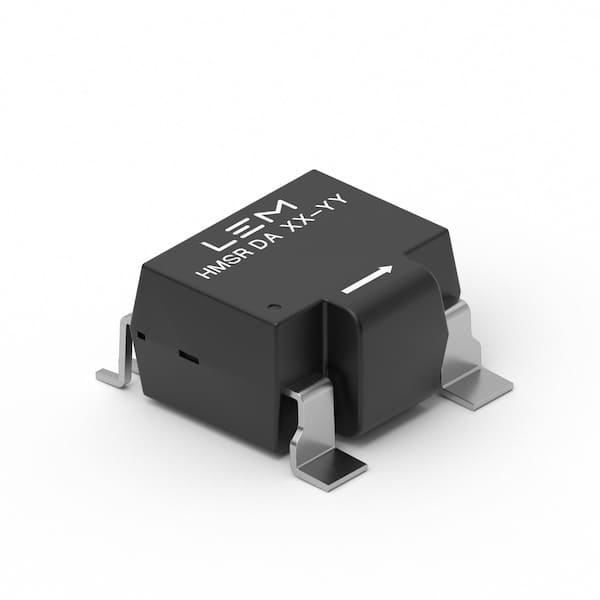LEM (Life Energy Motion) has turned 50 years old. In its half-century history, the company has become a leading player in providing cutting-edge sensors and solutions for industries such as renewables, automotive, rail and traction, charging infrastructure, power distribution, high precision and automation.
Andreas Hürlimann, chairman of the board, and Frank Rehfeld, managing director, say, "All of us at LEM are inspired by a common purpose: to help our customers and society accelerate the transition to a sustainable future. We have come a long way since 1972 and remain more excited than ever about LEM's prospects for the next 50 years."
LEM has used its expertise to develop innovative technologies and products, and in the past year has launched seven new products, including the HOB-P high-bandwidth current sensor, developed specifically for fast-switching SiC MOSFETs in high-voltage and pulsed power circuits.
Increasing demand for smaller and smarter current sensors, for example in the heating, ventilation, and air conditioning (HVAC) industry, has led LEM to develop state-of-the-art integrated current sensors (ICS) that combine high performance with a small form factor, robustness, cost-effectiveness, and reliability. These include the new HMSR series, of analog and digital sensors, featuring a 75 A measurement range, reinforced insulation, 20 kA lightning test and exceptional robustness against external magnetic fields.
Aimed instead at the automotive market are the new HC16, CAB and CDT, which meet the growing demand for more current measurement points in the areas of motor control, battery management and leakage current.
For the charging infrastructure market, LEM has developed the DCBM 400/600 meter, designed for DC fast charging stations. Also for charging stations, but to detect leakage current, the company offers the CDSR sensor.
You might also be interested in:
Smart sensors: from big data to smart data with Artificial Intelligence



















